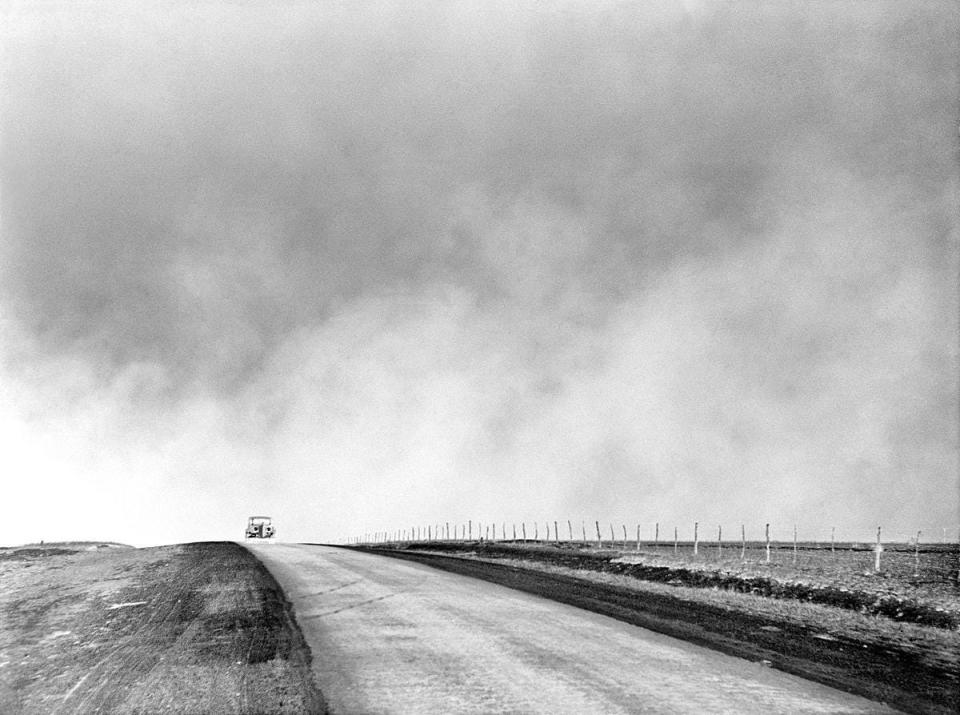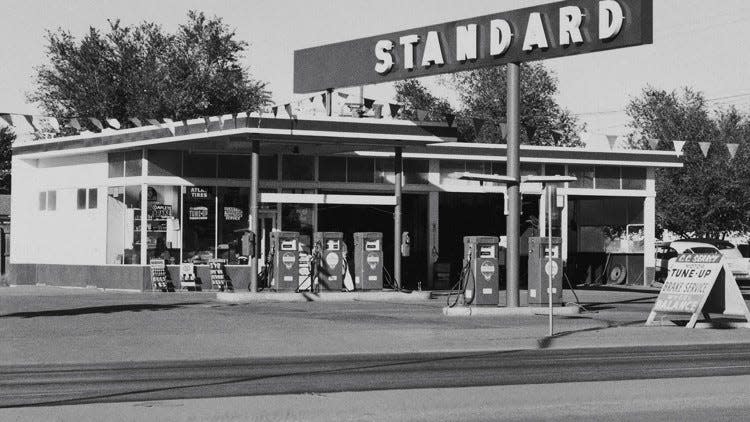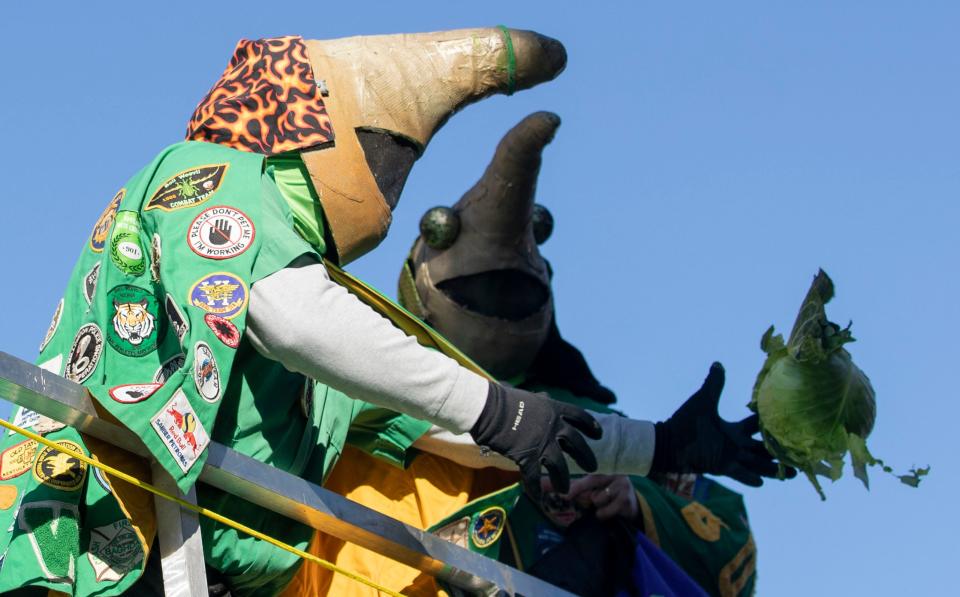What history tells us about devastating Texas droughts
Dear Texas history buffs,
Welcome back to “Think, Texas,” your free weekly digital newsletter about all things Texas past.
Do you smell a Texas drought? I do.
Today's column deals with three historic Texas droughts during the 1930s, 1950s and early 21st century.
Scientists predict that more are on the way, thanks to climate change.
History can help us prepare by looking at how Texans survived those awful dry spells.

This week in the Hometown Histories section of this newsletter, I share stories from our USA Today Network newspapers on Texas streets and highways, including including Route 66, the "Mother Road," which passes through Amarillo.
Did you miss the two columns about our latest road trip to South Texas? A road-trip buddy and I explored the historical, cultural and gustatory wonders of Corpus Christi and nearby Falfurrias, Kingsville, Riviera and Goliad.
Miss a column? Go to our column archives.
Miss a newsletter? Go to our newsletter archives.
Sign up: To get the free Think, Texas weekly digital newsletter, go to the American-Statesman newsletter page, or that of your hometown USA Today newspaper in Texas.
THE COLUMN
The times it never rained: 3 devastating historic Texas droughts
Not to sound like an old codger, but I felt this drought in my bones.
After a lifetime in Texas, you recognize the patterns.
This summer, much of Texas has sweated through historic heat waves.
Coastal counties have benefited from banks of ameliorating rain, thanks in part to tropical disturbances, but most of Texas remains in drought.
"About 97.5% of the state is experiencing drought — from 'abnormally dry,' the lowest level of drought, to 'exceptional drought,' the most severe level," the American-Statesman reported on July 8. "That's an increase from about 87% at the start of the year, and a massive turnaround from last year, when the percentage was only 12.9% on the week of July 6, 2021, drought data show."
Still, who can say how long it will last? By the time this column is published, a tropical storm could inundate large swaths of the state and, in doing so, break the dry spell. That's often how these droughts often end. At least for a short time.
Hurricane Harvey interrupted a dry spell in 2017 by dropping at least 50 inches of rain on Southeast Texas. By 2018, much of the region had returned to drought status.
THE PODCAST
On the latest episode of "Austin Found" podcast, J.B. Hager and I chat with guest Rowena Dasch about the Neill-Cochran House Museum, which was built by slaves in the West Campus area of Austin. The house and its history reveal a lot about how Austin was constructed and how some of it has been preserved.

HOMETOWN HISTORY
This week's Hometown History theme is highways and streets
· From Abilene: There is no state historical marker commemorating the Bankhead Highway in Abilene
· From Amarillo: Highway buffs celebrate the Mother Road, Route 66.
· From Austin: Find Austin history on highway in Del Valle
· From Corpus Christi: Facts to know about Corpus Christi's South Padre Island Drive

· From Lubbock: Future of Lubbock's red brick streets
· From San Angelo: Part of San Angelo's paving history displayed on the last brick street in town
· From Sherman/Denison: Good Morning: The joys of a country road
· From Wichita Falls: Whatever became of motel row on old Highway 287?
FUN TEXAS FACT
Texas government offers huge prize for eradicating long-nosed cotton pest
On July 13 1903, a proclamation was made from the steps of the Texas Capitol offering a $50,000 prize for the discovery of a way to rid Texas of the boll weevil. This small snout beetle had been ravaging cotton crops in Mexico for at least two millenia.

Its introduction into Texas seems to have been first announced by Charles W. DeRyee of Corpus Christi in a letter dated Oct. 3, 1894. It had reached all of East Texas by 1903, and by the 1920s had spread north and west to the High Plains. The insect continued to spread through Louisiana, Arkansas, Mississippi, Alabama, the Carolinas, Tennessee and Virginia.
Calcium Arsenate was found to be reasonably effective against it, and during the 1920s fluorides were introduced. Since the weevil does not survive well on the high plains of Texas, this region proved to be more favorable to future cotton production. The 1903 prize was never awarded to anyone.
(Texas Day by Day / Texas State Historical Association) READ MORE
TEXAS TITLES
I recommend: "The Midnight Assassin: Panic, Scandal and the Hunt for America's First Serial Killer" by Skip Hollandsworth
Reading some of Skip Hollandsworth recent true-crime reporting in Texas Monthly reminded me what a masterly job he did on Austin's serial murders of the 1880s. Sometimes inaccurately known as the "Servant Girl Murders" — more than servants were killed — it is still an unsolved case, though Hollandsworth has his suspicions.
Happy Trails,
Michael Barnes, Columnist
Think, Texas and Austin American-Statesman

Email: mbarnes@statesman.com
Twitter: twitter.com/outandabout
This article originally appeared on Austin American-Statesman: What history tells us about devastating Texas droughts

